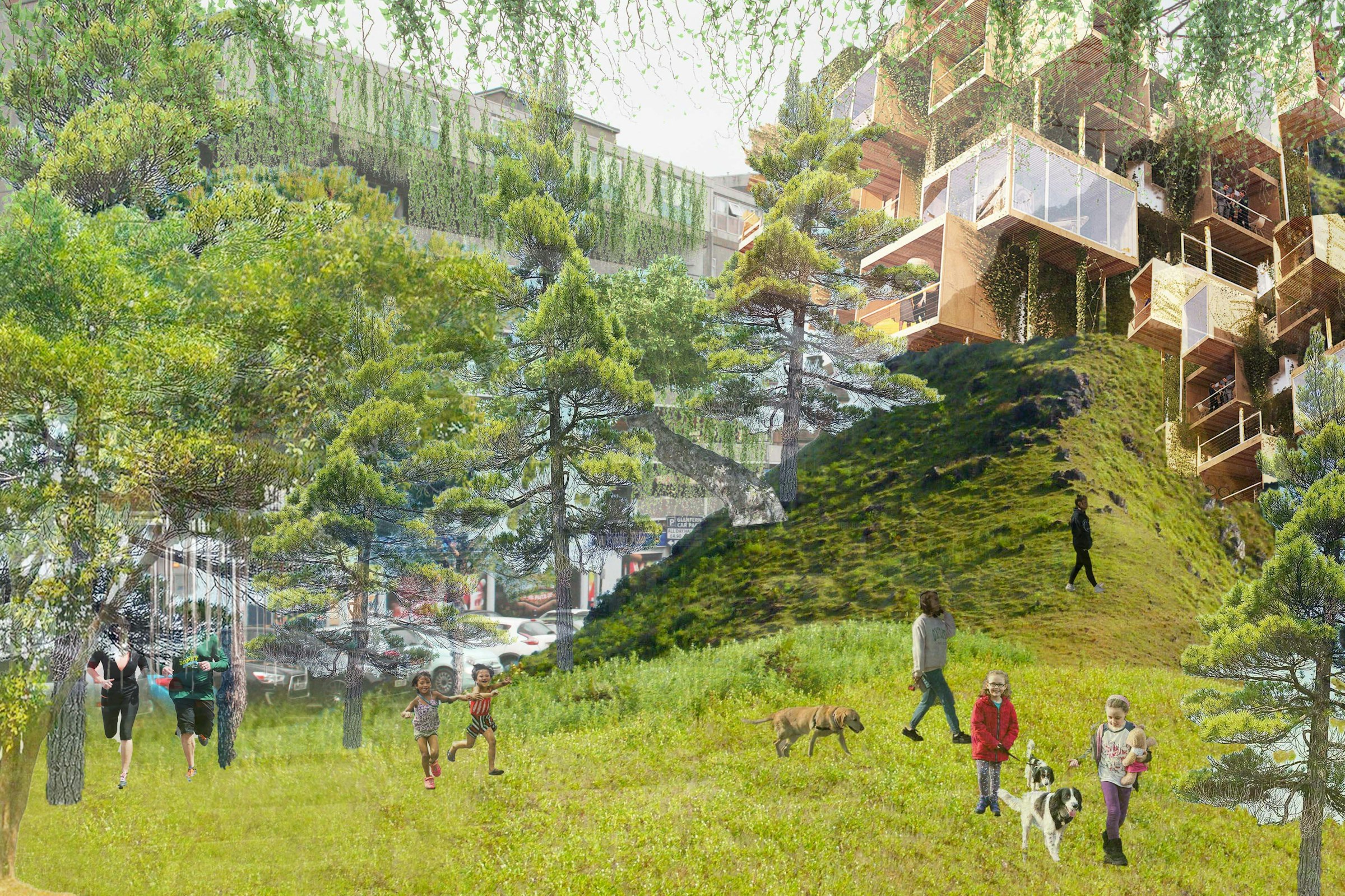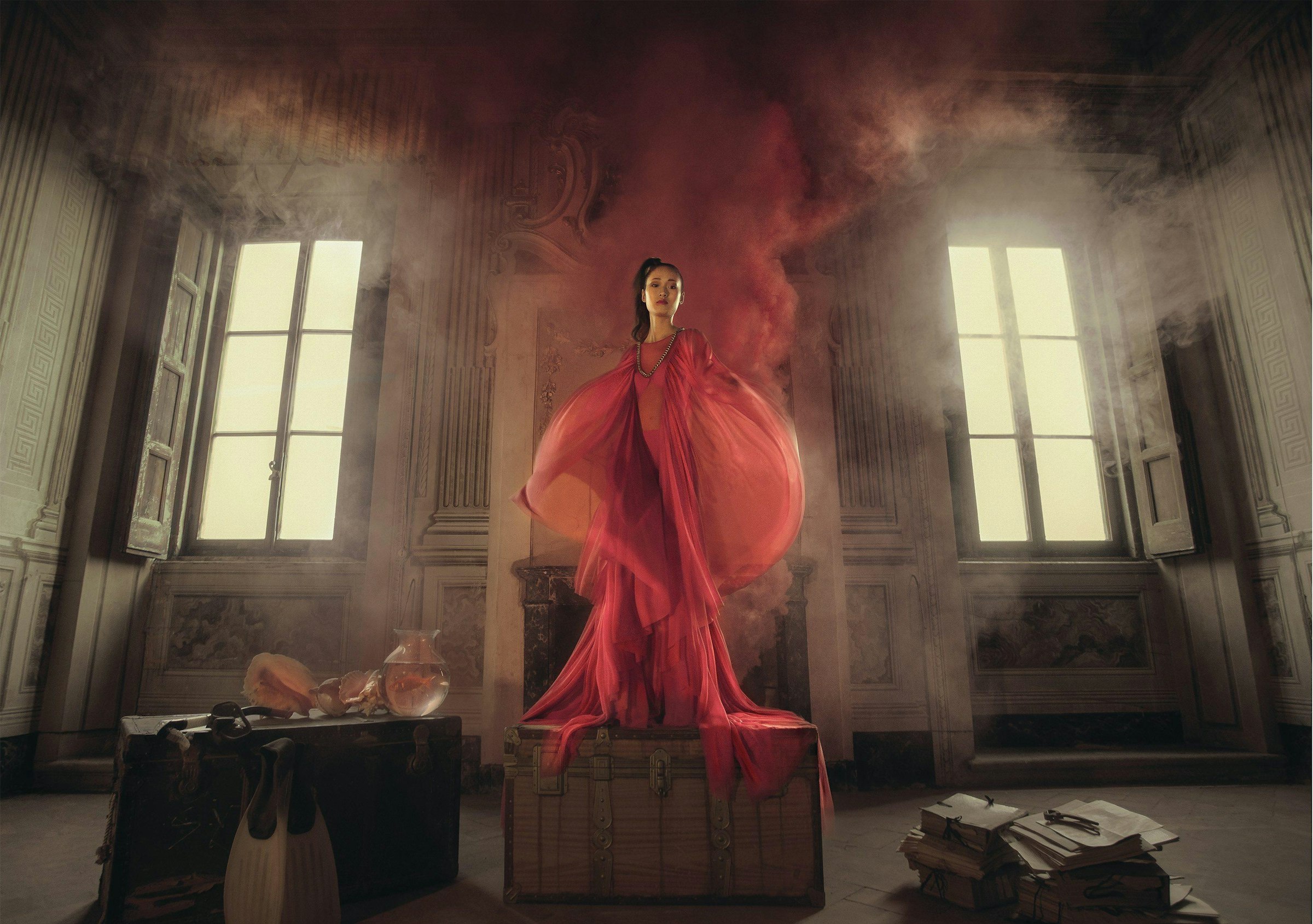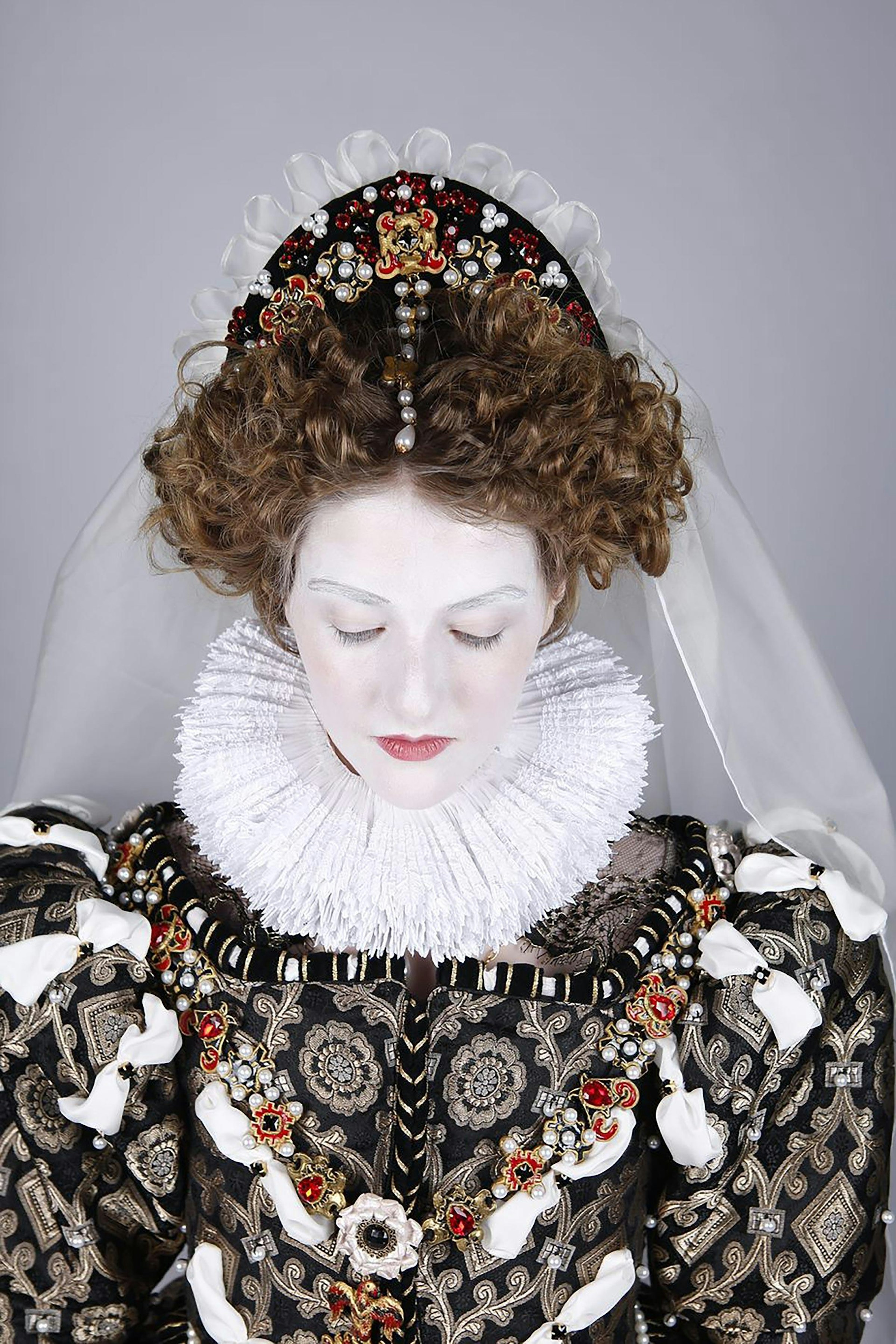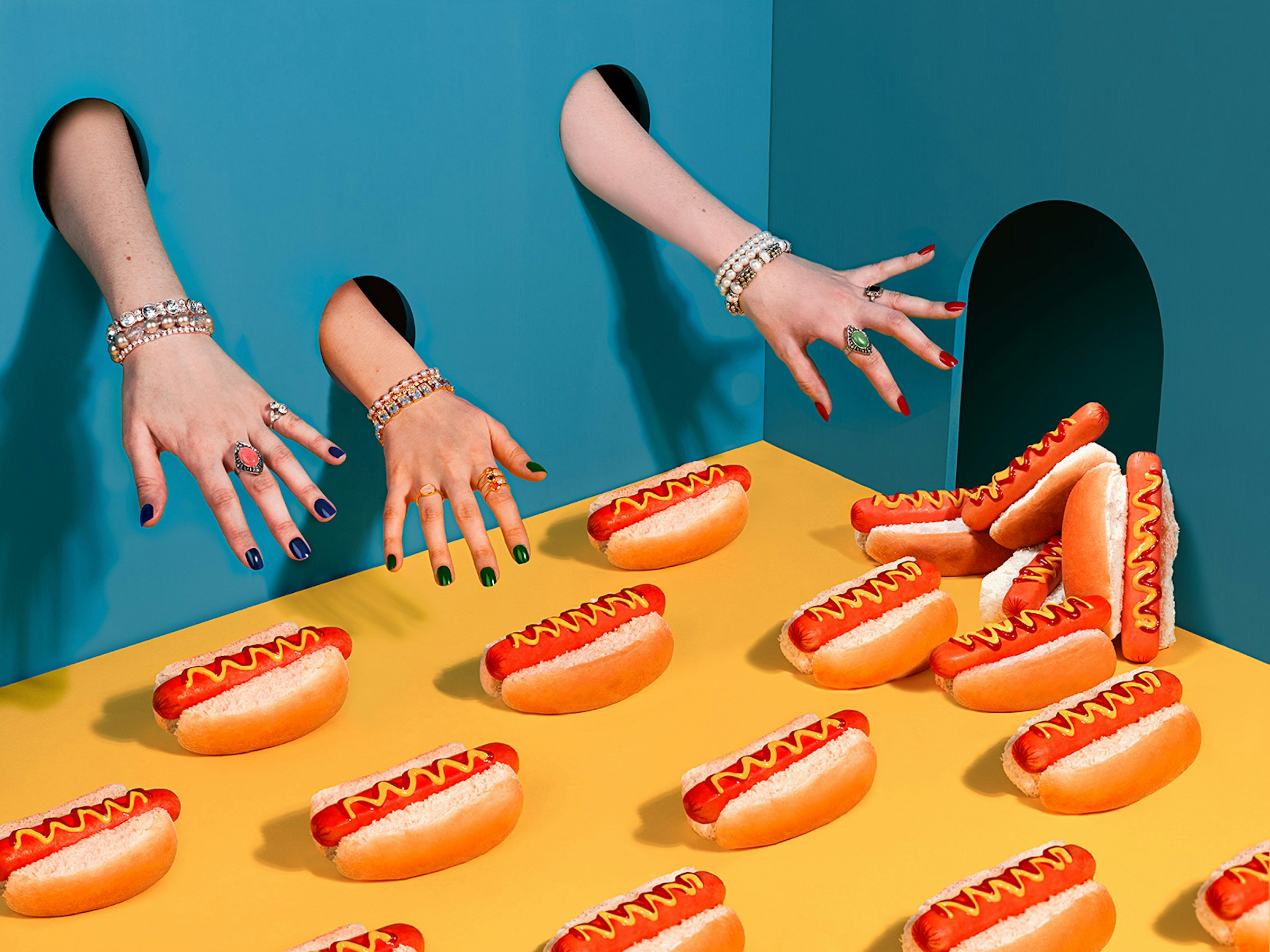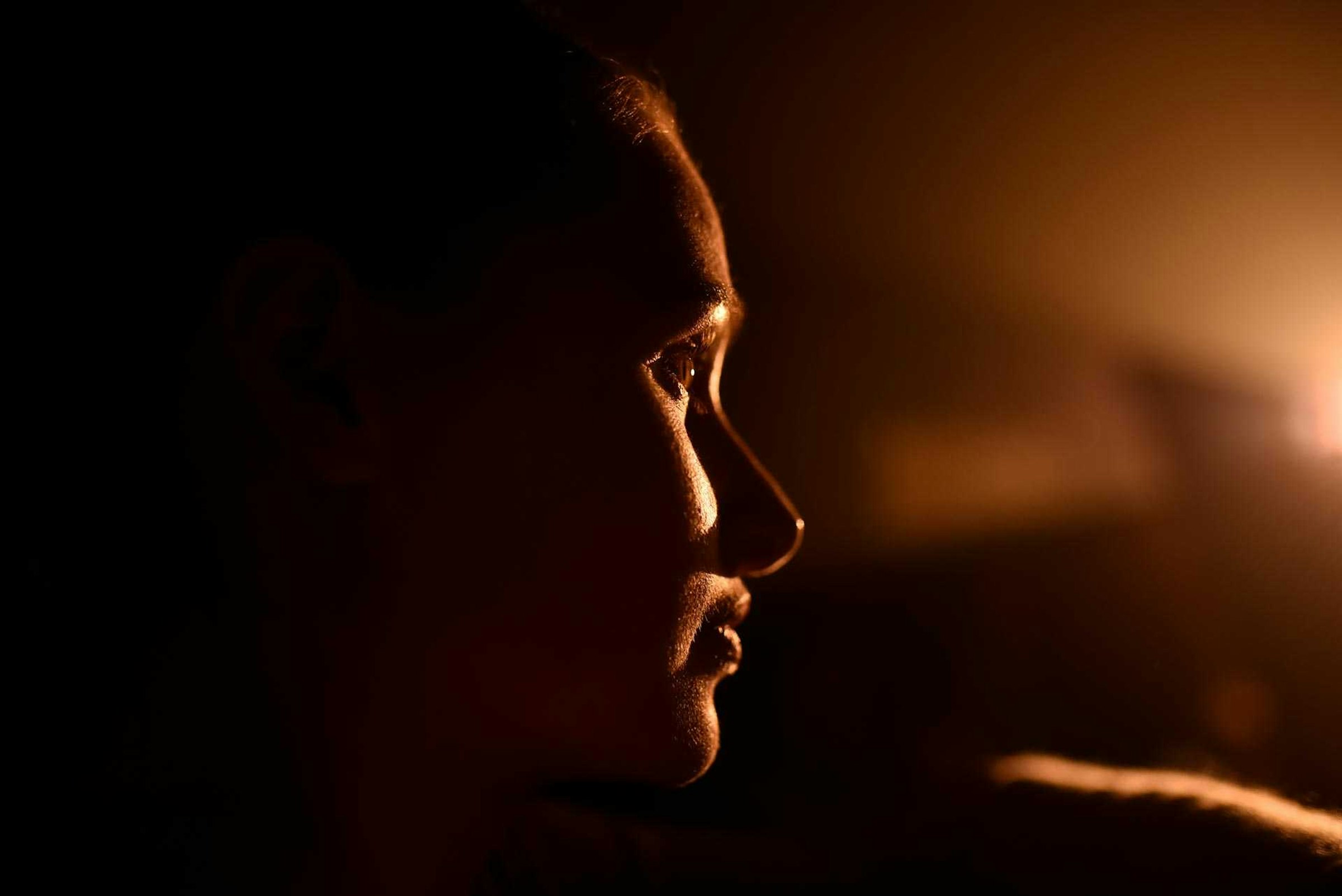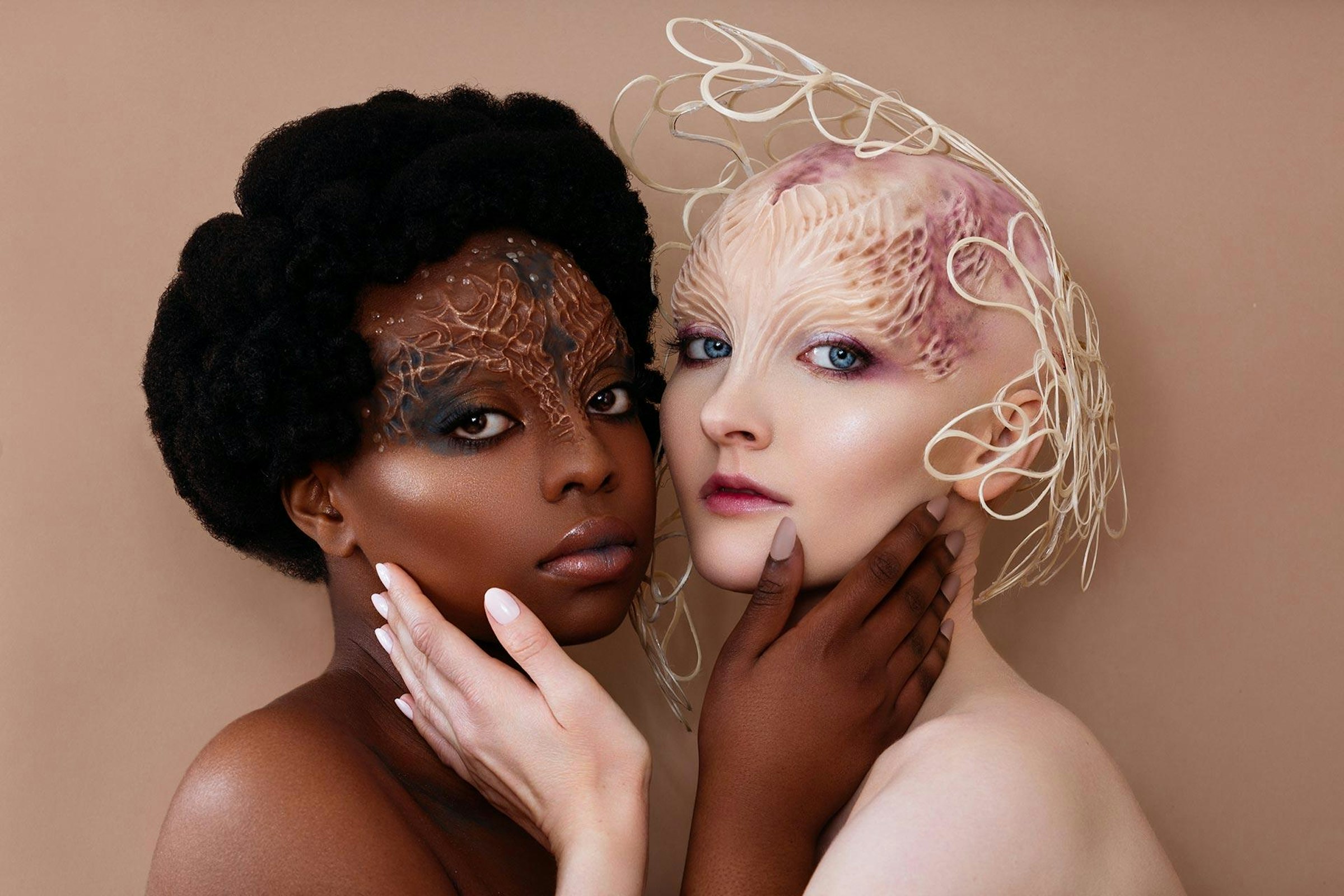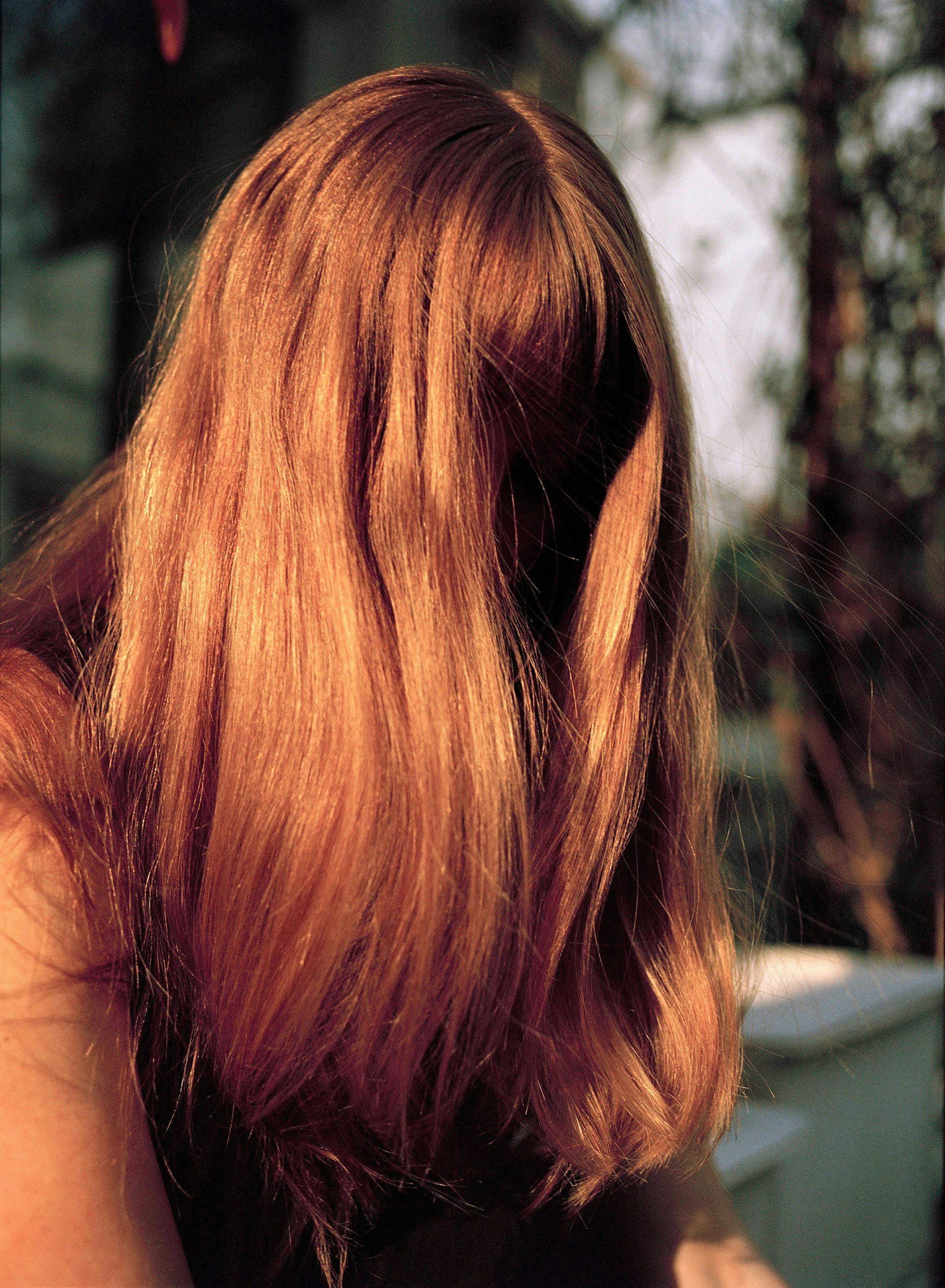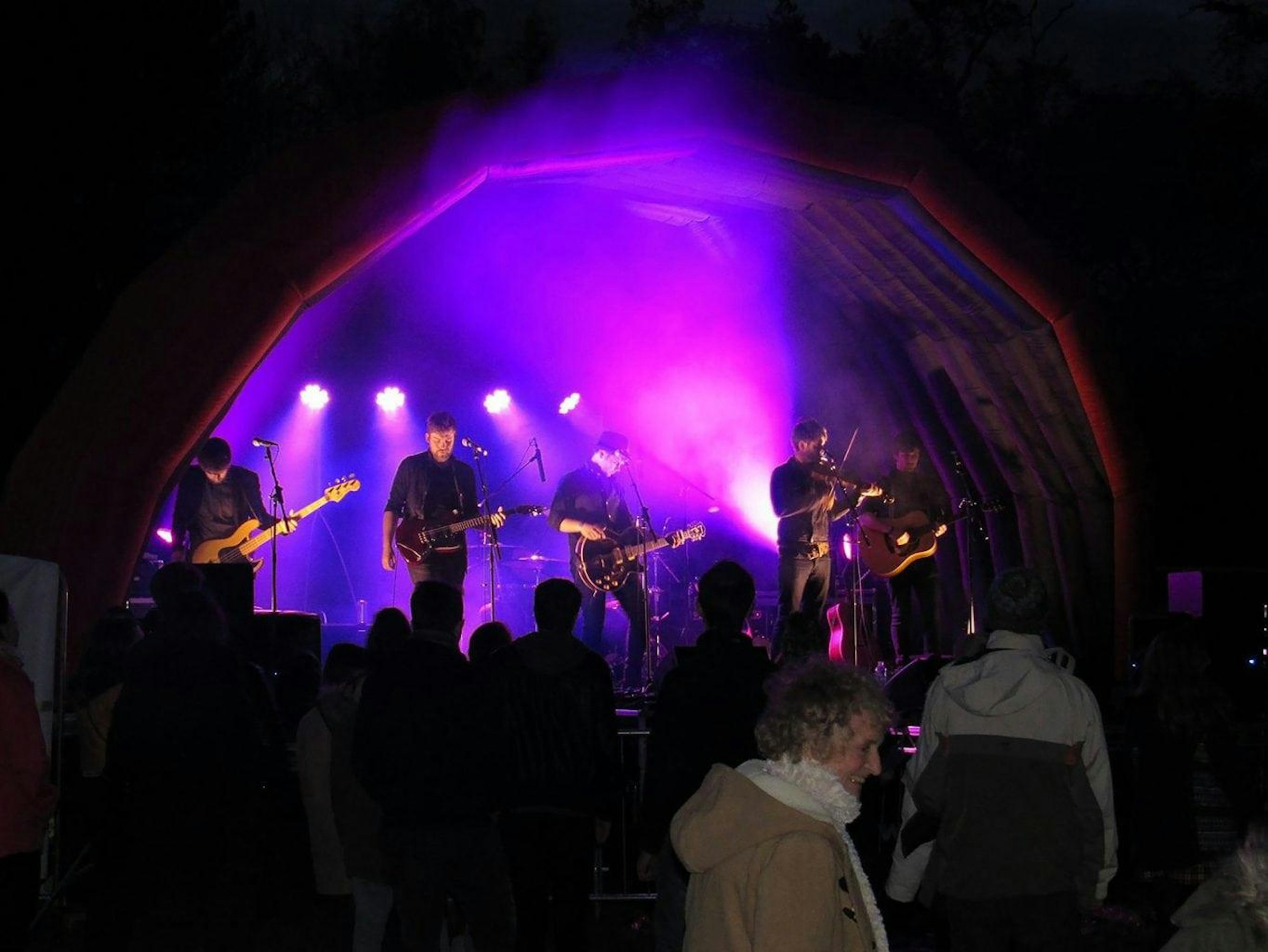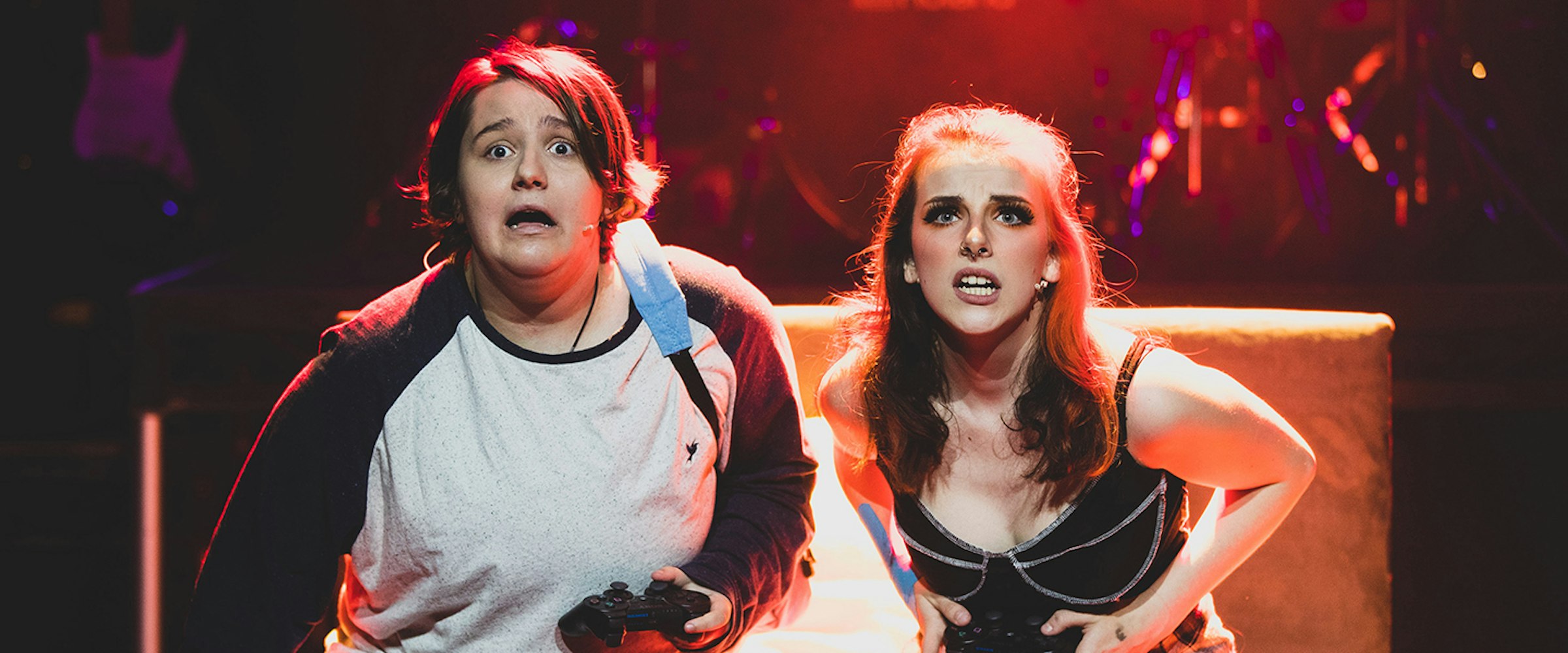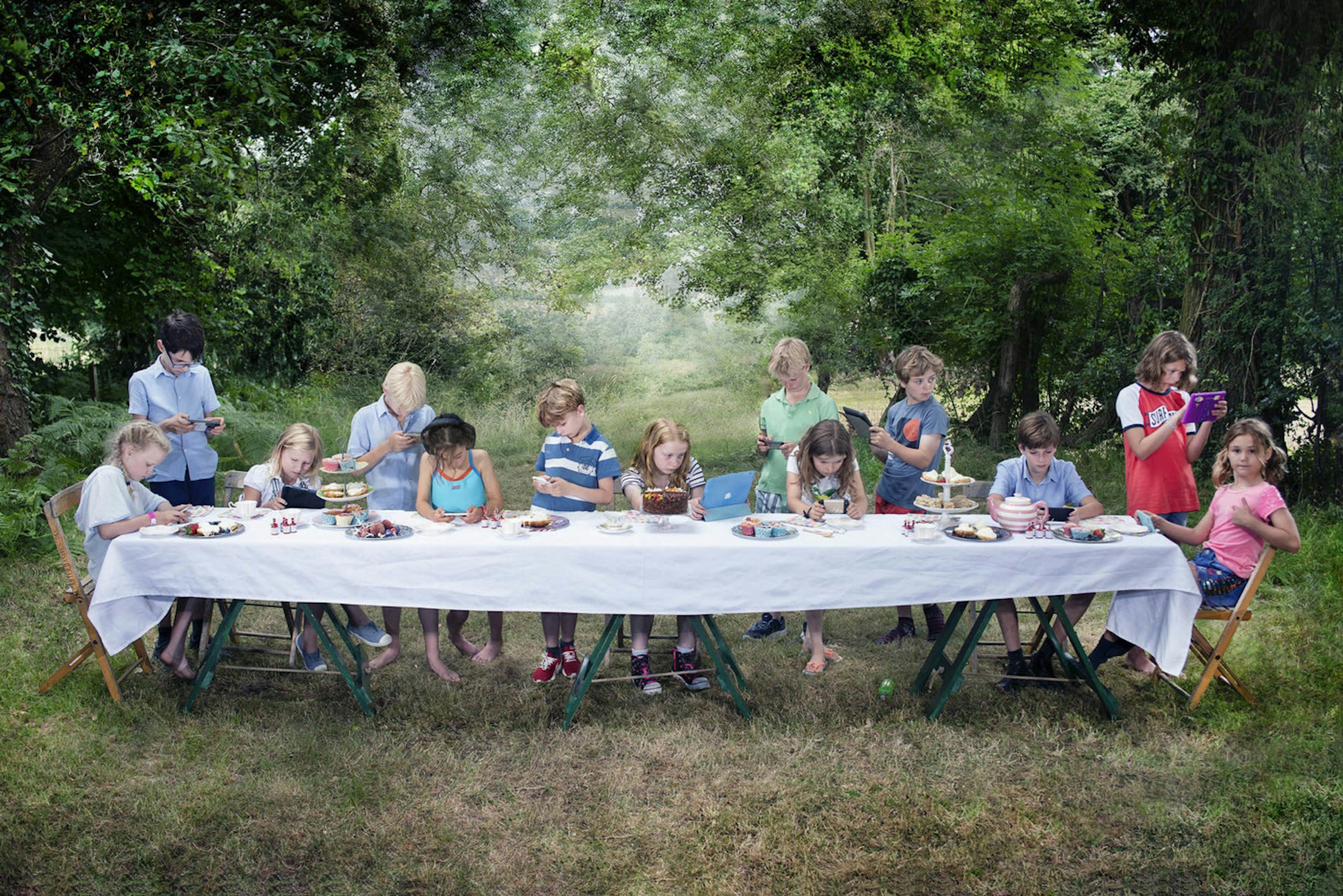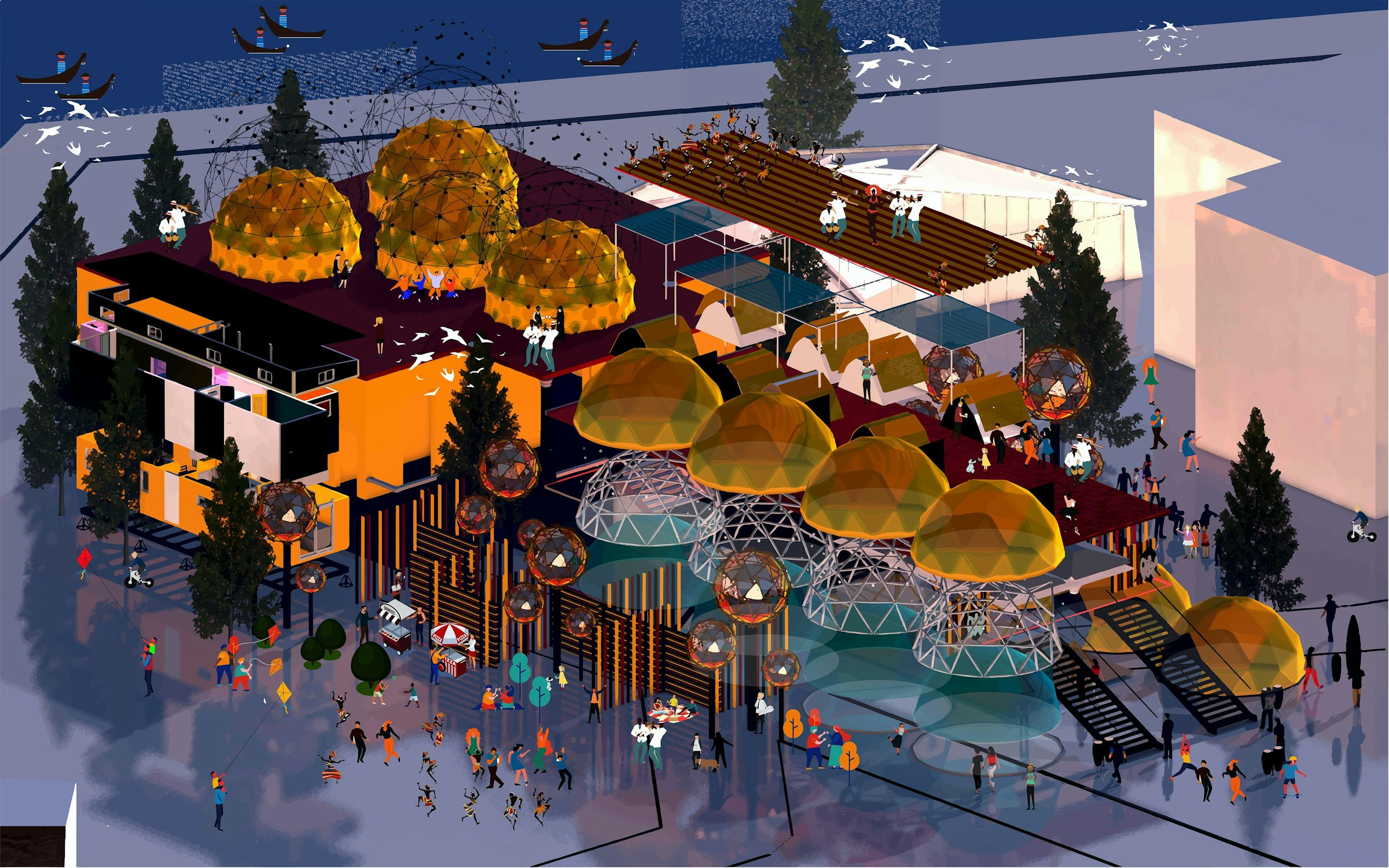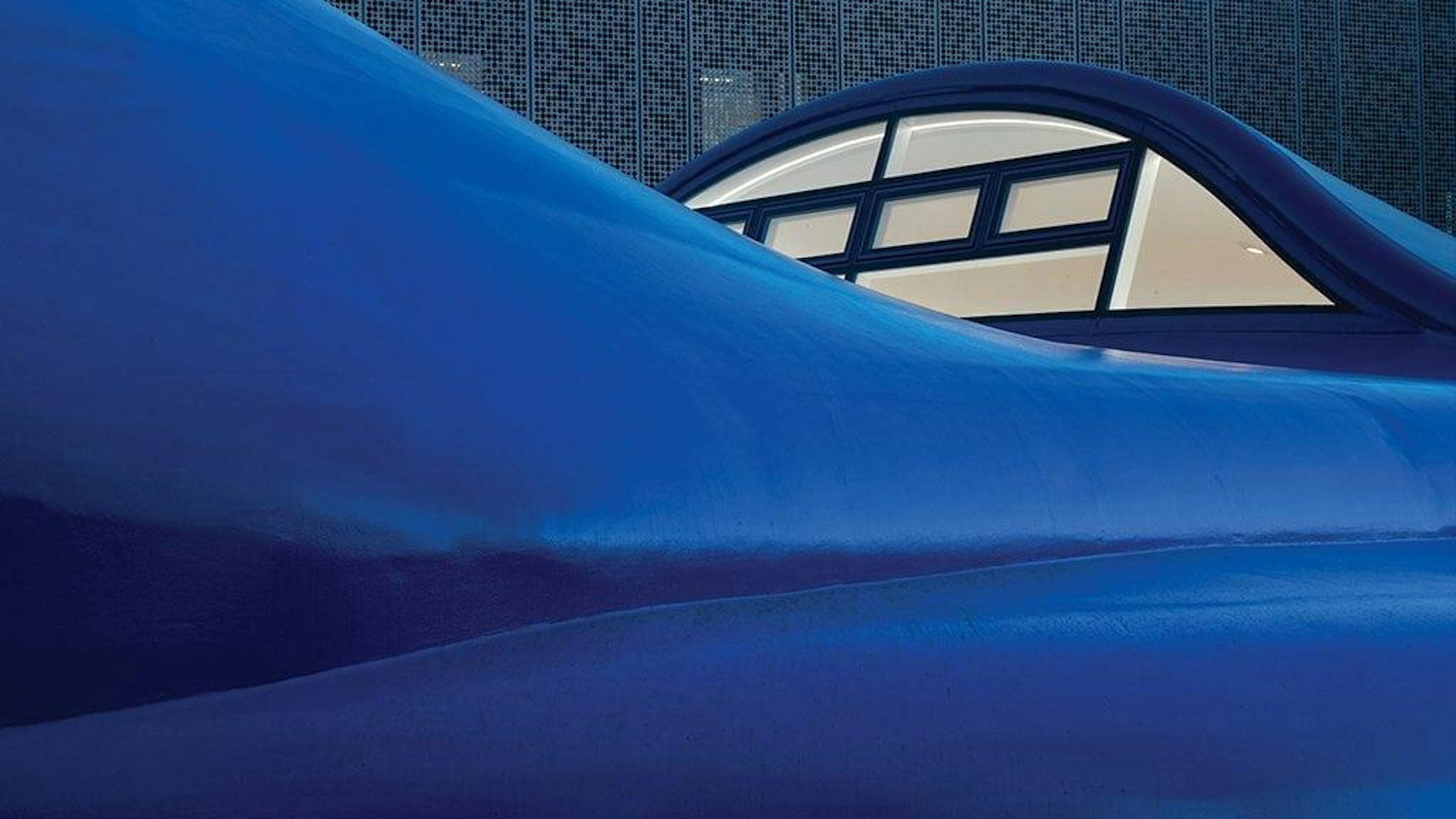
As our first project of second year, we made late 18th century French Revolutionary peasant costumes, with different variations of bodice styles we could choose from. I decided to make a Caraco jacket bodice to go with the pleated woollen skirt, petticoat, apron, fichu and bum-roll.
The University had been donated a lot of fabrics over the summer, which we were able to use to make our costumes. To make the costumes look peasant-like, we used very mismatched fabrics for our skirts and bodices, which we intended to break down at the end to make them look worn and messy from hard work. However, in the end we didn’t break them down, as our costumes were all considered to be too nice to do so!
Though the red wool of my skirt was very practical, the fabric I had for the Caraco jacket was extremely pretty and better suited to someone of a higher class than a peasant, so I needed to come up with a way of making it more believable as peasant clothing. With some research into the period, I found that (throughout history) richer ladies often handed down the fabrics and clothing they were done with to servants or less well-off relatives, who then used them for their own clothes, making it entirely plausible for a peasant to wear such a lovely fabric.
In addition to that, due to the instability of the time, people often fell from grace and were left destitute, so it was entirely likely that a richer woman could suffer this and have to work in her finery. I decided to use the latter as a "backstory" and further reasoning for having extra fabric as decoration on the bodice, of which would’ve been an added expense.
When making the costume, the undergarments of bum-roll and petticoat were necessary for creating and holding the shape of the skirt with its flat front and extended behind, yet were quite simple and quick to do in comparison to the other elements. Making the apron and fichu was also quite simple to do, though they needed to be exact and symmetrical to not look wonky.
The Caraco jacket needed a toile to be made of it, to get all of the pleats and drapery right, before it could be made up in the green top fabric. It was also the part I thought would be the hardest to make, due to all the drapery, though that turned out to be the pleating of the skirt instead. Every pleat had to be exactly the same size, all around the waist, but would be stubborn and spread apart when being sewn, no matter how solidly pinned or tacked in place. This wasn’t helped by the thickness of the wool and required quite a bit of patience to fix.
I absolutely loved making this costume though, and I was incredibly happy with the results (especially as I didn’t have to destroy is afterwards!) Not to mention that, as research, I went to see Les Misérables at the theatre, which was amazing to see, as well as fantastic research for the period and the lives of peasants around the time.



